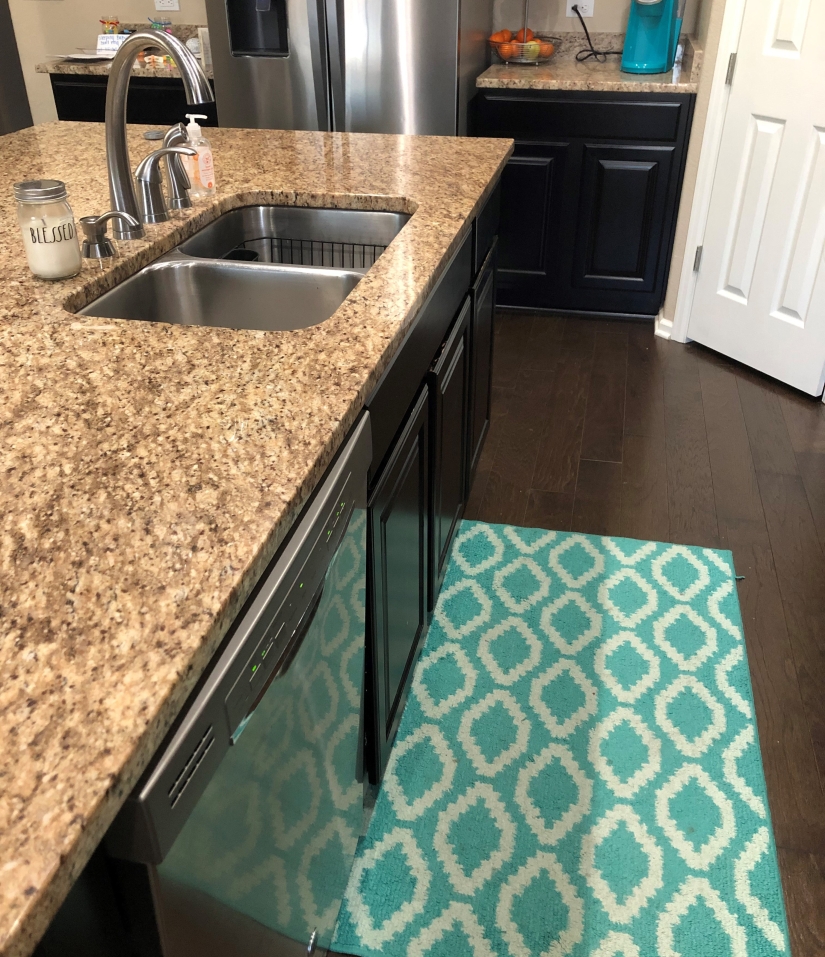Within a 6 month period (June – December, 2018), I had 37 office visits, over 30 recorded focal seizures, 15 MRI’s, 7 CT scans, 4 hospitalizations, 2 craniotomies, 1 infection, and 1 incurable diagnosis, Neurofibromatosis, type 2 (NF2). I had 17 Meningiomas (brain tumors), 6 ependymomas (spinal cord tumors), and 1 Acoustic Schwannoma (brain tumor in my ear). And a partridge in a pear tree.
I learned so many things during that period of time. One of them is support comes in many forms. I also learned that it changes over time. No matter what form it takes though, a support system is meant to hold you up when things feel like they are crashing down.
Overwhelming Support
Initially, our extended network of friends and family were as shocked as we were by my diagnosis. We were flooded with cards, flowers, well wishes, handmade children’s art, visitors, and more thoughtful gifts than I could count.

During this time, my husband, Josh, and I leaned on everyone. We were all hurting, together. I say “we” because it is not just the person in the hospital bed who needs support. I was fully aware that my diagnosis affected everyone I loved. At that time, they needed my support as much I needed theirs.
Private Support
After a few months, the ‘hype’ of my sudden diagnosis and back-to-back surgeries began to wear off; our meal train ended, and our wide circle of friends and family weren’t checking on us quite as often. During this time, Josh and I learned to lean heavily on each other for support.
He needed me to be okay just as much as I needed him to push through all the medicine my body required to beat the infection. The infusion process took about 30 minutes, and it quickly became our daily reminder that we were fighting this battle together.

In addition to taking care of me, and my PICC line, Josh also took on all of the parental responsibilities and housework we had previously shared. He bathed our crazy babies, made them dinner, picked them up from school, and put them to bed. He did all of our laundry, grocery shopping, fed the dog, and took me to appointments. It was like he was a single dad who had 3 kids (me being one of them).
When Josh had to go back to work, things changed again. I was still vulnerable and unable to take on my share of our daily responsibilities, and he could no longer do it all.
Balanced Support
That was when we realized we couldn’t do this by ourselves; we needed help.
During this time, Josh and I learned to lean on those who love us most.
Grandparents to the rescue! My mom-in-law stepped in immediately to help with our boys, take me to appointments, and make meals. She was available at the crack of dawn, and as long as I needed her until Josh got home from work at night. She offered irreplaceable love, and both physical and emotional support.

My dad and step-mom also recognized our unspoken need for help, and flew in from Kentucky to offer reinforcement, at just the right time! They stayed with us for nearly 2 weeks, and did everything that I couldn’t at that time, allowing our boys to maintain normalcy in their own home.


I remember waking up late one morning. I grabbed for the baby monitor and realized it had been silenced. I listened, and heard the most amazing sound in my house: normalcy! My dad and step-mom were playing with our children, and feeding them breakfast. Coffee was brewing; the smell reminded me of when I was a child. Those moments were the most healing. We were not alone.
I’ve always said that having an amazing support system was critical to my recovery. Now, you know why.
We got through it. Together.
This is my story, and it is not over yet.
I want to take a moment to extend a heartfelt THANK YOU to every person who had said a prayer, sent flowers, made gifts, visited, brought meals, or wished us well throughout this process. We are so blessed to have the support system we do, and forever grateful.












































